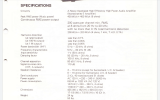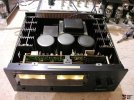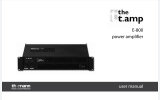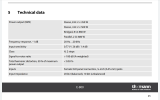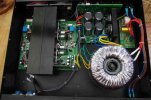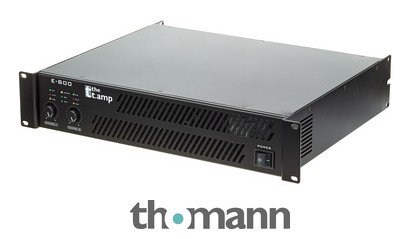Well if you pair the class D IC with very high grade PSU (best server grade ones have efficiency of 97% when pushed hard 80+%) you can land with 95~96% (again when pushed hard over 80%) efficiency but no one will do that (at least not yet...
WUT? what are you on about? It appears Peavey did just that! And I think the Ipr2/Pro lite amp line started selling in 2014...
Those measurements I linked are of an actual product that does exist...


